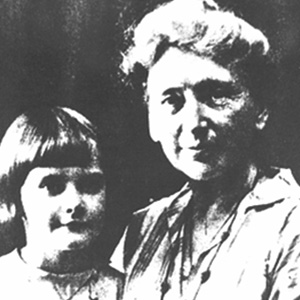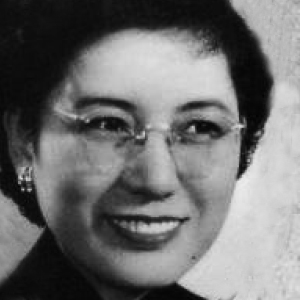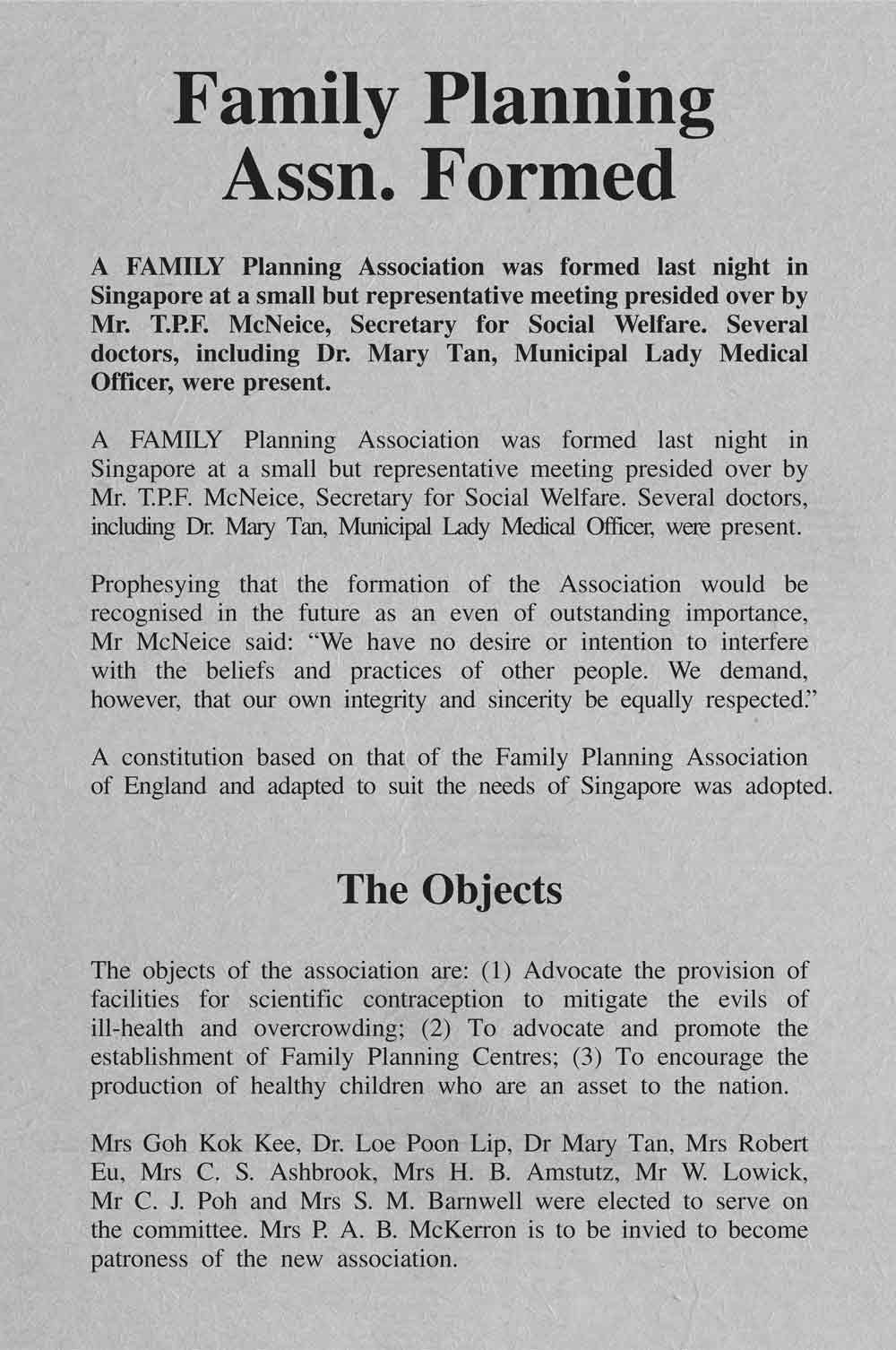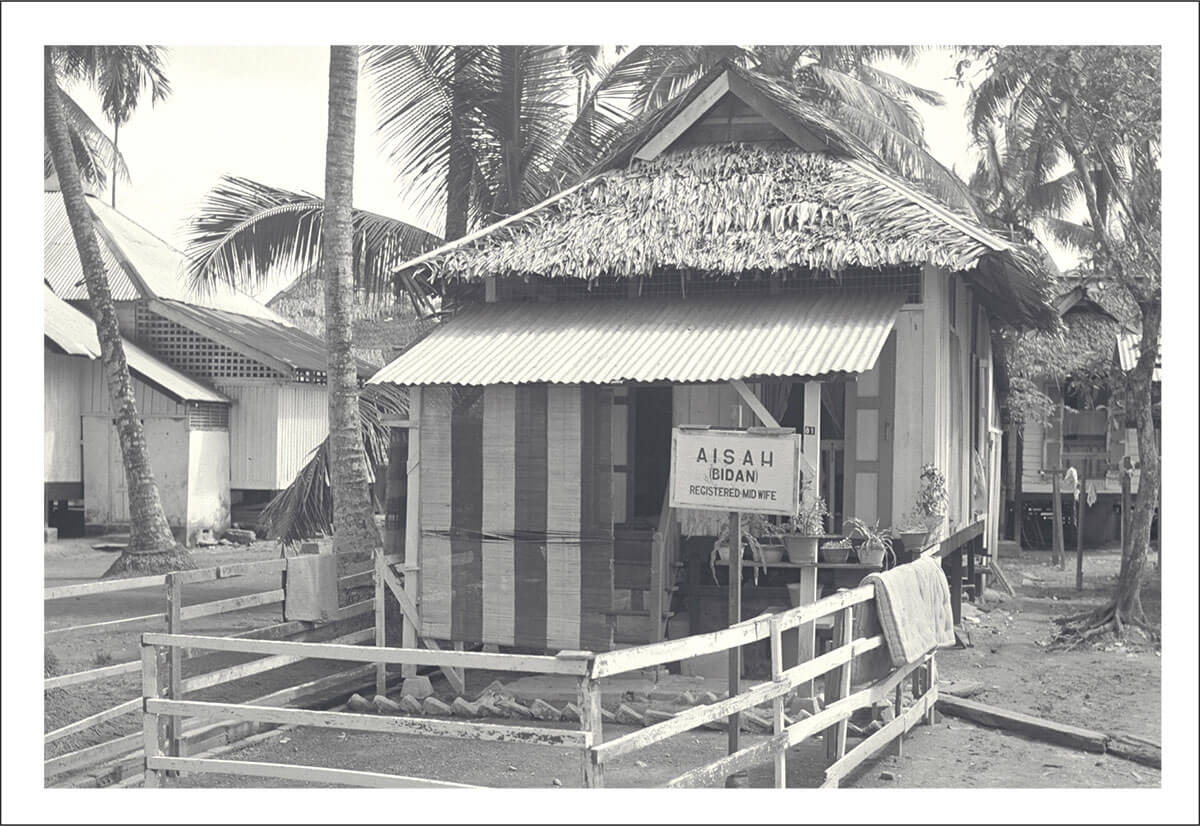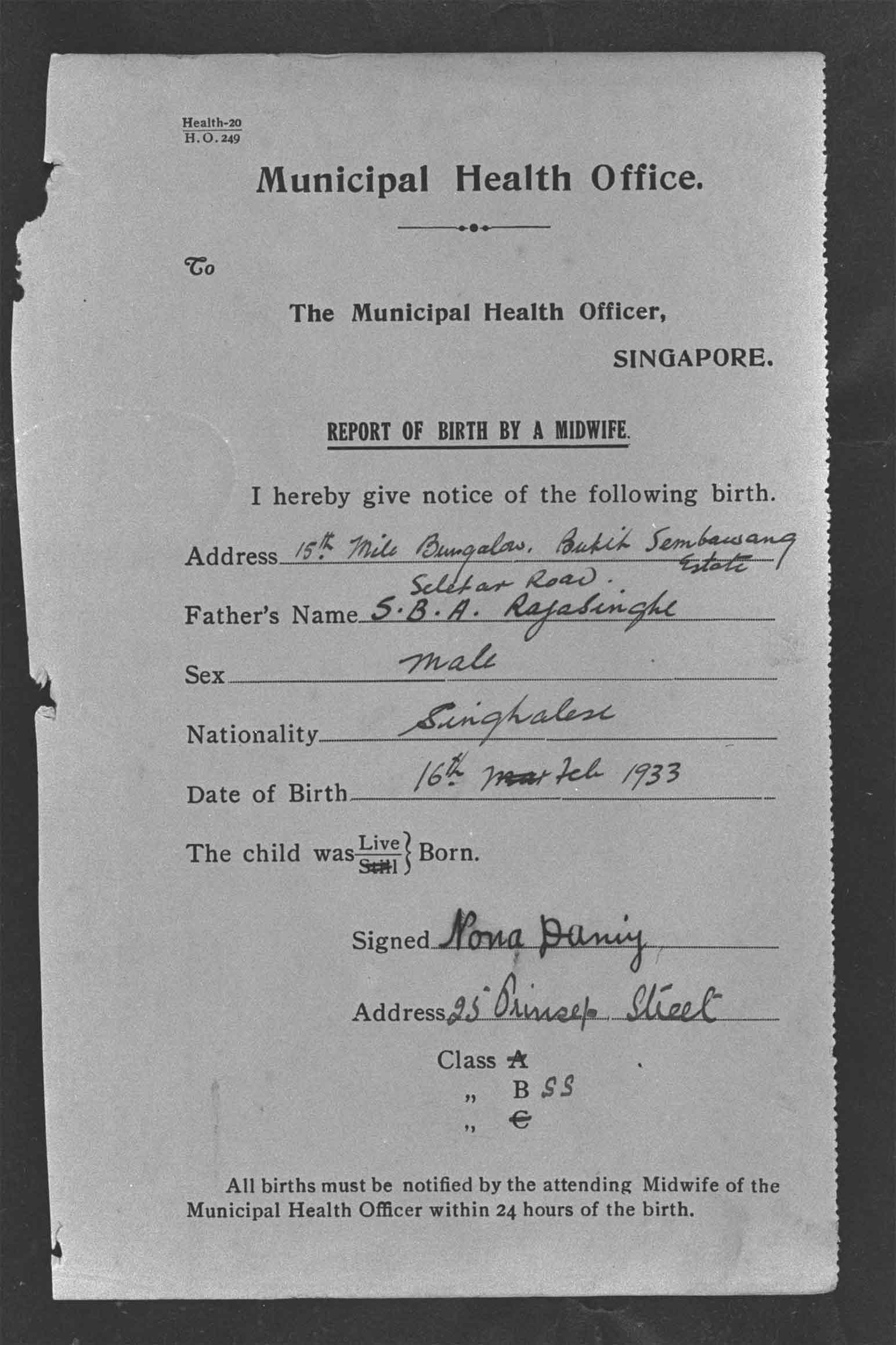
CHARLOTTE ELIZABETH
FERGUSON-DAVIE
Pioneering provider of healthcare
for women and children
(1880-1943)
Charlotte came to Singapore in 1909 when her husband Charles was appointed the Anglican bishop. A medical doctor, she saw a need for specialised services catering to women. In 1913 she opened a clinic just for women and children in Bencoolen Street. Over the next decade she opened more such clinics, and in 1923 she founded the St Andrews Mission Hospital for women and children. She also launched a nursing and midwifery training programme.
CONSTANCE GOH
Pioneering activist in the local and global family planning movement
Constance moved to Singapore from China in 1918 with her mother. In 1932 she married Goh Kok Kee, a public health doctor. After World War 2, she started a feeding centre at Havelock Road for impoverished children – and began to think about the need for family planning. People were having too many children and were not able to feed them. She became a strong advocate for family planning. She got like-minded people together and in 1949 the Singapore Family Planning Association was formed. In 1952 she was a co-founder of the International Planned Parenthood Federation.
Her Health
Providing health services for women was not a key concern for the British colonial authorities in Singapore in the 19th century – because the population was mainly male. Until the mid-1800s, women who were ill had to depend on home remedies and traditional medicine as Singapore’s hospitals simply did not cater for women. It was not till the 1850s that hospitals began to treat women, and it was not until 1867 that the Medical Department hired its first female hospital attendant.
Women in the wards
When Singapore’s hospitals began to admit women as patients in the 1850s, they were looked after entirely by men — doctors, orderlies and dressers. In 1885, French nuns from the Convent of the Holy Infant Jesus were asked to help with nursing duties. It was only in 1900 that four qualified nurses from England arrived and proper nursing care was finally available in Singapore’s hospital wards.
Straits Times, 23 July 1949
Source: The Straits Times © Singapore Press Holdings Limited.
Reprinted with permission.
Bringing births under control
In 1947, Singapore’s total fertility rate (TFR) was a whopping 6.55. Many parents could not cope with having so many mouths to feed and had to turn to social services and charities for help. This led concerned volunteers, such as Constance Goh, to call for family planning services to be introduced. In 1949, the Singapore Family Planning Association was formed. It was run by volunteers and supported by government grants.
The SFPA organised publicity campaigns to spread the word about family planning and provided advice about birth control at various clinics. It was not all smooth sailing. Many people regarded large families as desirable, and there were also religious groups who were against birth control. In 1964 the SFPA handed over its work to the Ministry of Health. By then the TFR was down to 4.95.
A clinic run by trained midwife in Geylang Serai, 1954
Source: The Straits Times © Singapore Press Holdings Limited.
Reprinted with permission.
Caring for moms and kids
At the turn of the 19th century, the infant mortality rate in Singapore was nearly 350 per thousand births. The population had rapidly grown during the 1800s, and the shophouses where most people lived were horribly overcrowded with poor sanitation. Overcrowding, ignorance and poverty meant that many children suffered from malnutrition and infectious diseases. The General Hospital, then situated at Kandang Kerbau, began treating maternity cases in the late 1800s, but it was not till the early 20th century that specialised medical services for women and children began to take shape.
Birth report card by midwife made to Municipal Health Officer (1933)
Lam Sian Lian Collection, courtesy of National Archives of Singapore


